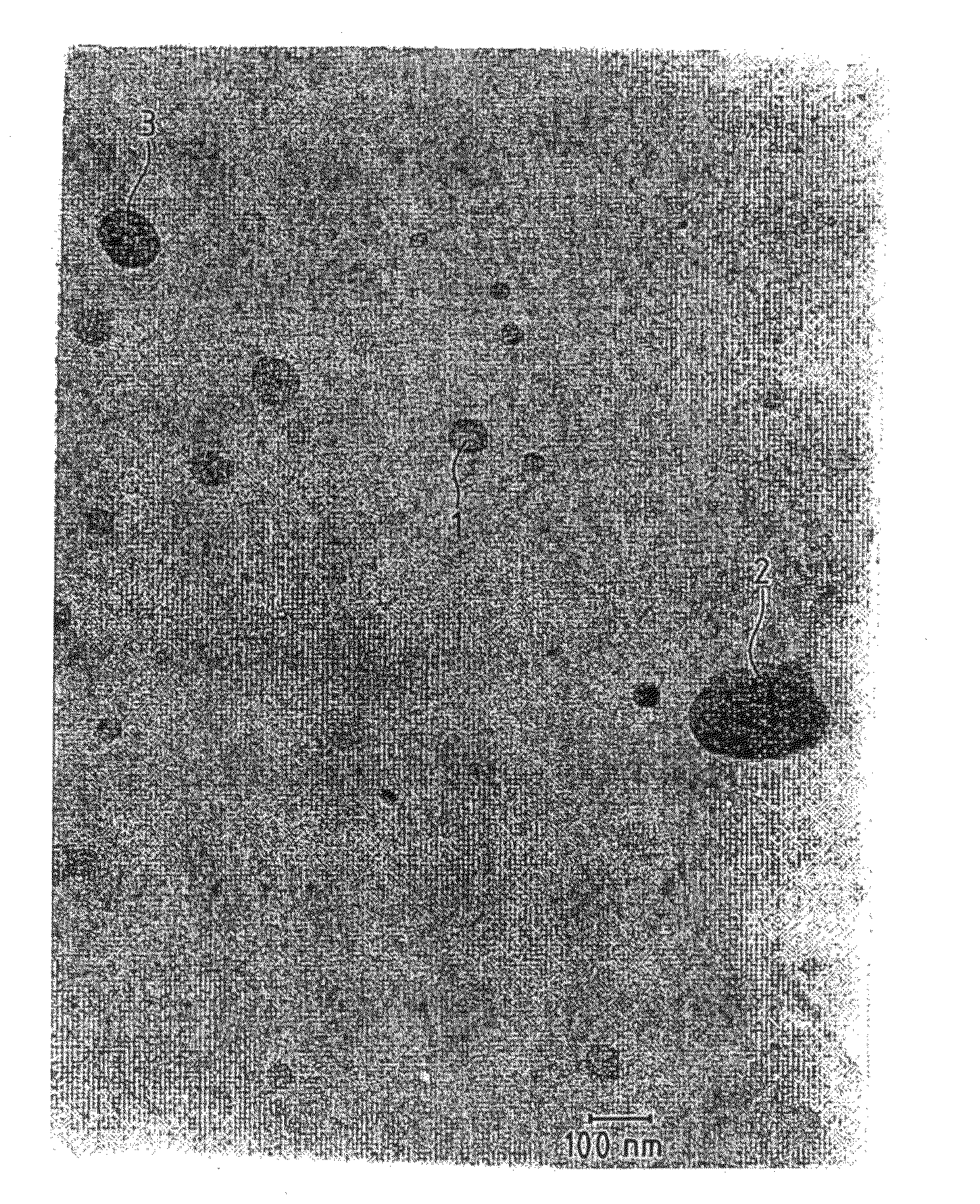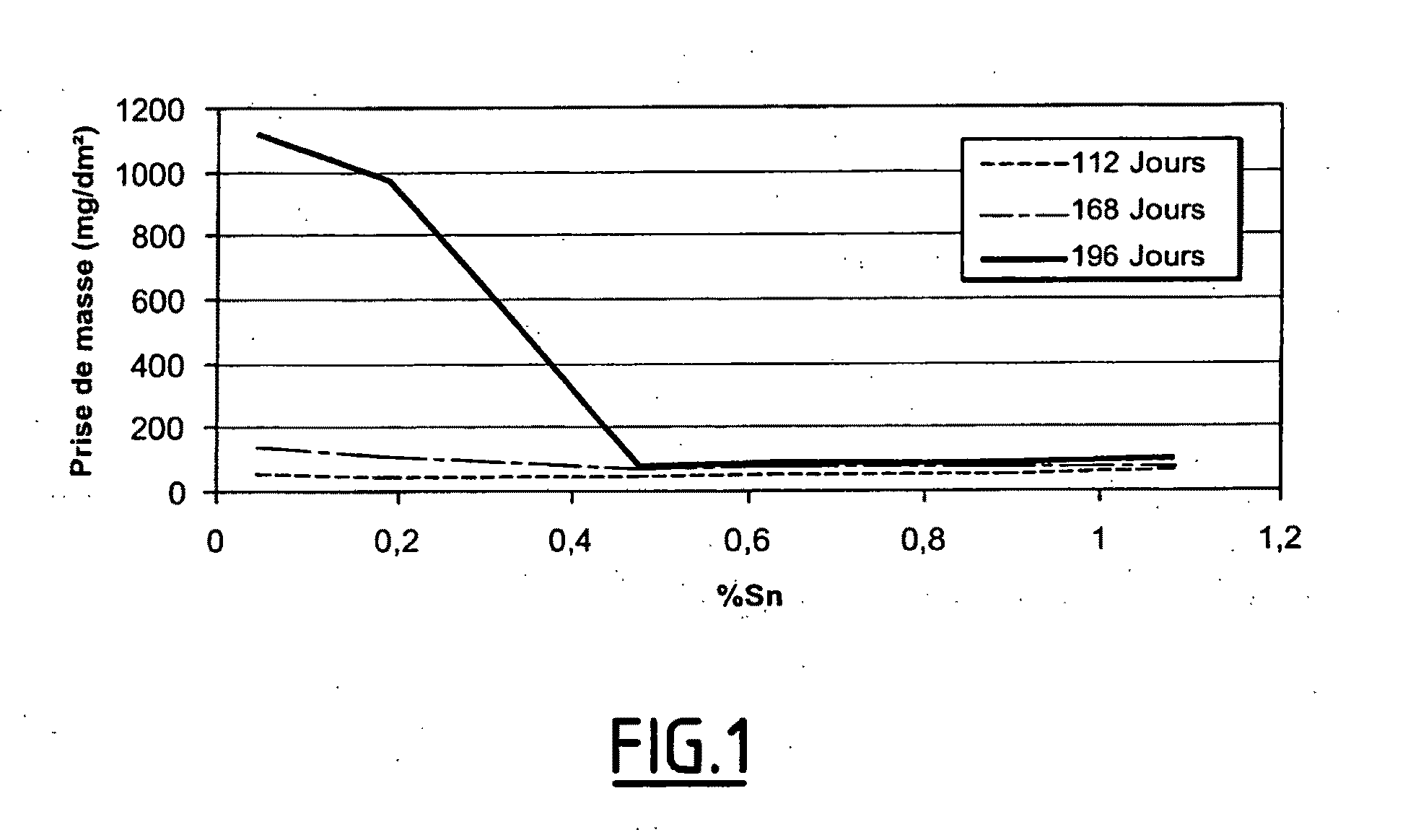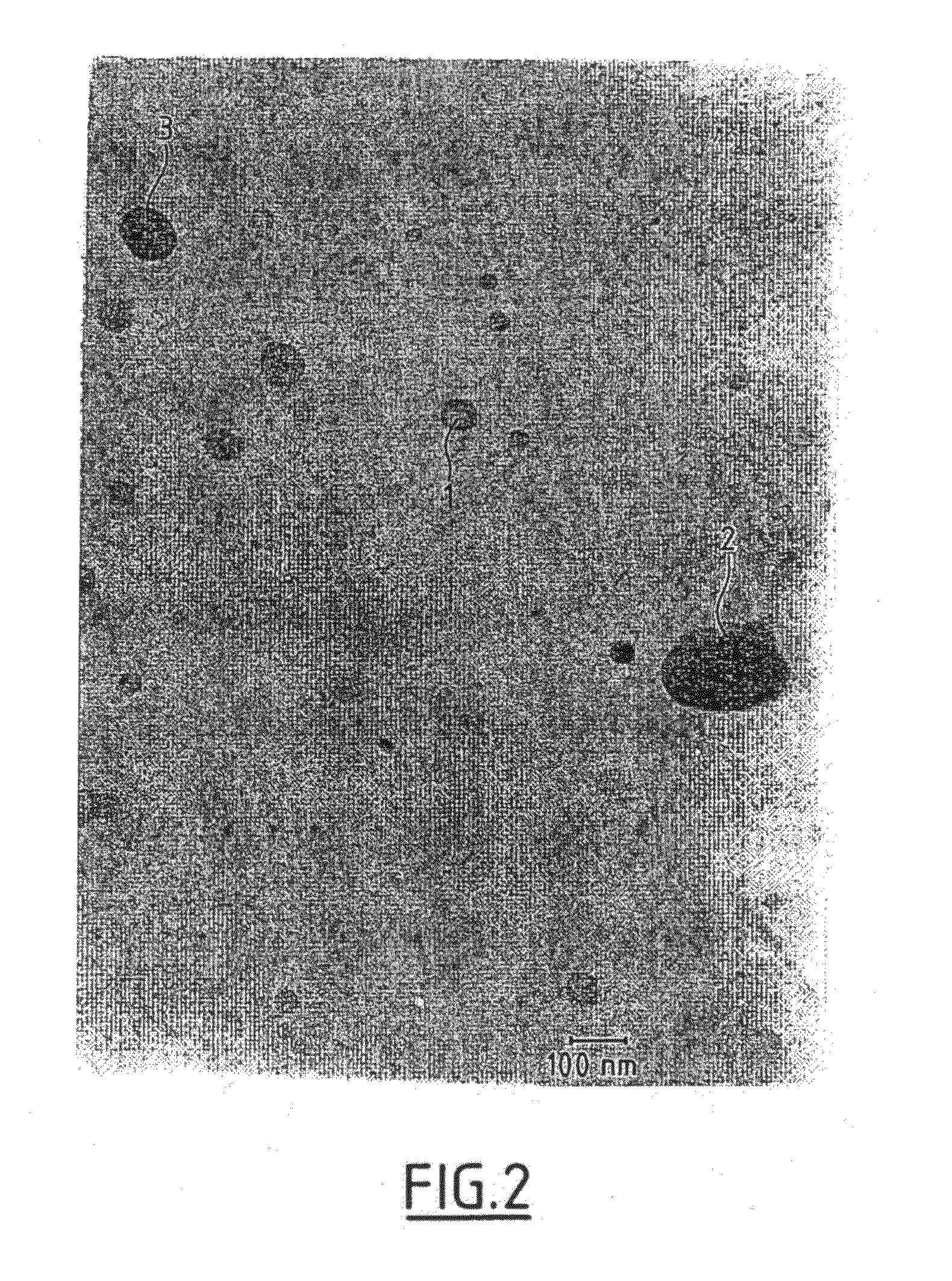Zirconium alloy resistant to corrosion in drop shadows for a fuel assembly component for a boiling water reactor, component produced using said alloy, fuel assembly, and use of same
a technology of zinc alloy and drop shadow, which is applied in the direction of nuclear elements, nuclear engineering problems, greenhouse gas reduction, etc., can solve the problems of insufficient nodular corrosion behavior of general corrosion and nodular corrosion behavior of zinc alloys, and the limited pressurization of industrial applications for zinc alloys containing nb
- Summary
- Abstract
- Description
- Claims
- Application Information
AI Technical Summary
Benefits of technology
Problems solved by technology
Method used
Image
Examples
Embodiment Construction
[0053]The shadow corrosion observed on BWR fuel assembly components is due, as mentioned above, to a galvanic coupling phenomenon assisted by irradiation taking place in an oxygenated medium. The specific effect of irradiation is difficult to reproduce in the laboratory, but it is known that irradiation accelerates the observed phenomena. It is easier to evaluate the effects of oxygen and of galvanic coupling in laboratory tests, which has been done using the following protocol.
[0054]Samples of alloys of the invention and of reference alloys were put into an autoclave under oxidizing conditions. For each alloy, two samples were tested, one coupled to an Inconel® (Ni-based alloy) sheet, and the other not coupled. A dissolved oxygen content of 100 ppm was maintained in the medium, as was a boron content of 0.12% in the form of boric acid, and a lithium content of 2 ppm in the form of lithia. The objective was to obtain an aggressive medium with a high oxygen potential, having effects ...
PUM
| Property | Measurement | Unit |
|---|---|---|
| Temperature | aaaaa | aaaaa |
| Temperature | aaaaa | aaaaa |
| Fraction | aaaaa | aaaaa |
Abstract
Description
Claims
Application Information
 Login to View More
Login to View More - R&D
- Intellectual Property
- Life Sciences
- Materials
- Tech Scout
- Unparalleled Data Quality
- Higher Quality Content
- 60% Fewer Hallucinations
Browse by: Latest US Patents, China's latest patents, Technical Efficacy Thesaurus, Application Domain, Technology Topic, Popular Technical Reports.
© 2025 PatSnap. All rights reserved.Legal|Privacy policy|Modern Slavery Act Transparency Statement|Sitemap|About US| Contact US: help@patsnap.com



